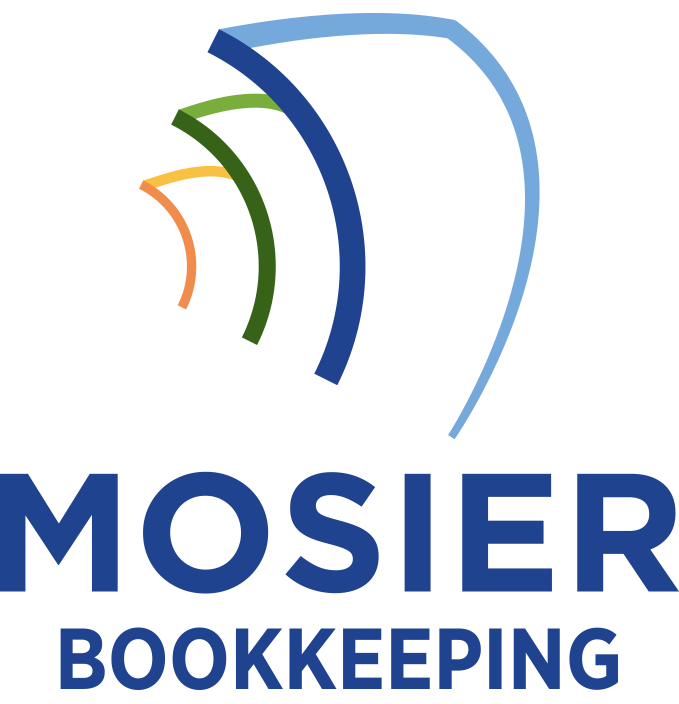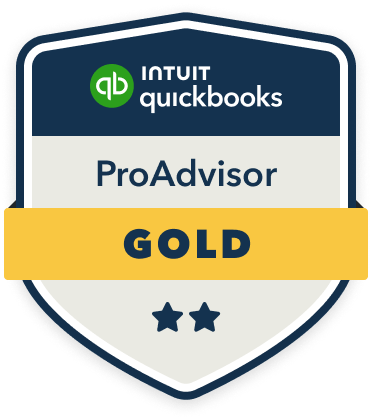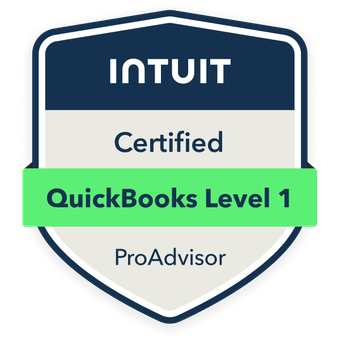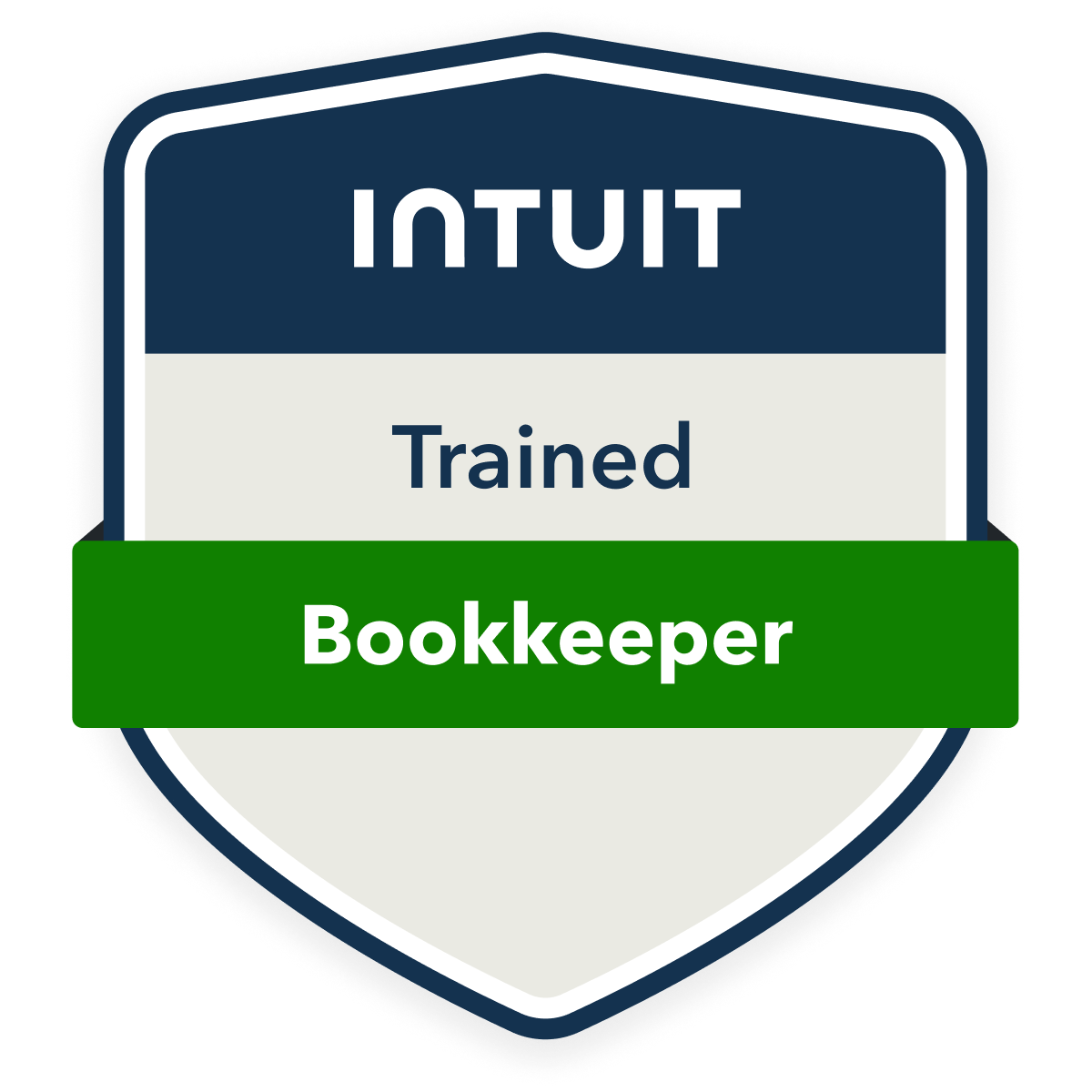I recommend integrating risk management into your bookkeeping system through dedicated cost centers and specialized ledgers that track insurance premiums, compliance costs, and risk-related expenses. You’ll need to establish clear internal controls, maintain detailed documentation of claims and incidents, and implement separate sub-accounts for different insurance types. This systematic approach enables real-time monitoring of risk exposure and ROI analysis. A deeper understanding of these components will enhance your risk management strategy.
Understanding the Integration of Risk Management and Bookkeeping Systems

How do risk management initiatives intersect with modern bookkeeping practices? I’ll show you how to leverage your financial records to support risk mitigation strategies while maintaining precise control over your data.
I integrate risk management metrics into your chart of accounts by creating dedicated ledgers for risk-related expenses, insurance premiums, and compliance costs. This enables you to track risk management investments against potential losses and quantify your risk exposure in real-time.
Setting Up Dedicated Cost Centers for Risk-Related Expenses
To effectively monitor risk-related costs, dedicated cost centers must be established within your accounting system to segregate and track specific risk management expenditures. I recommend creating distinct cost centers for insurance premiums, compliance training, safety equipment, and risk assessment consultants. This structure enables me to analyze risk management ROI with precision.
I’ll help you implement sub-accounts that capture both direct and indirect costs associated with each risk initiative. By mapping these expenses to their respective cost centers, I can generate detailed reports that reveal the true financial impact of your risk management strategies and identify areas for cost optimization.
Tracking Insurance Premiums and Claims Documentation
Building upon these cost center structures, accurate insurance premium tracking and claims documentation form the backbone of effective risk management accounting. I recommend implementing a dedicated ledger that categorizes premiums by policy type, renewal dates, and coverage limits. You’ll need to maintain meticulous records of claims, including incident dates, settlement amounts, and related expenses.
I create separate sub-accounts for each insurance category—property, liability, workers’ compensation—to monitor premium trends and claims history. This granular approach enables me to analyze loss ratios, identify cost-saving opportunities, and provide detailed reporting for underwriting negotiations and risk assessment reviews.
Managing Compliance Costs and Regulatory Reporting
The systematic management of compliance costs requires a structured framework for capturing both direct and indirect regulatory expenses. I recommend implementing dedicated cost centers to track compliance-related activities, from staff training to external audits. You’ll need to establish specific general ledger accounts for regulatory fees, licensing costs, and mandatory reporting expenses.
I’ve found that integrating automated compliance tracking tools with your accounting system maximizes efficiency and reduces error risk. Set up digital workflows to monitor deadlines, store documentation, and generate regulatory reports. This approach lets you analyze compliance spending patterns and identify cost optimization opportunities while maintaining strict regulatory adherence.
Implementing Internal Controls for Risk-Related Transactions

I’ll outline two critical aspects of implementing internal controls for risk-related transactions: documentation of control procedures and systematic tracking of risk mitigation costs. You’ll need to maintain detailed records of your control activities, including authorization protocols, segregation of duties, and verification steps for risk management expenditures. To effectively monitor your risk mitigation costs, I recommend establishing dedicated general ledger accounts and cost centers that capture both direct expenses and allocated overhead related to your risk management initiatives.
Documenting Control Procedures
Proper documentation of control procedures forms the cornerstone of effective risk management in business bookkeeping. I recommend creating detailed flowcharts and procedural manuals that outline each control step, authorization levels, and verification requirements. I’ll help you establish clear audit trails by implementing standardized forms, checklists, and digital tracking systems.
I guarantee you maintain comprehensive records of risk assessments, incident reports, and corrective actions taken. By documenting control exceptions and violations, I build a robust database for analyzing patterns and improving procedures. This systematic approach strengthens your compliance stance and protects your business interests through meticulous record-keeping.
Tracking Risk Mitigation Costs
Setting up dedicated cost centers helps track expenses associated with risk mitigation activities across your organization. I recommend creating specific general ledger accounts to isolate risk management expenditures, including insurance premiums, safety equipment, training programs, and compliance software.
I track these costs using project codes and cost allocation methods to accurately distribute expenses across departments. This enables me to analyze ROI on risk initiatives and justify budget allocations. By monitoring risk-related spending patterns, I can identify cost-saving opportunities while maintaining robust protection. I’ll generate detailed reports that demonstrate the financial impact of your risk management strategy to stakeholders.
Creating Financial Reports That Highlight Risk Management Metrics
I’ll show you how to incorporate Key Risk Performance Indicators (KRIs) into your financial reporting structure while tracking the monetary impact of your risk mitigation efforts. Your financial reports should quantify risk metrics through specific KRIs such as loss ratios, risk exposure values, and compliance violation costs. By measuring and reporting the cost impact of risk mitigation strategies, you’ll be able to demonstrate ROI on risk management investments and justify future risk-related budget allocations.
Key Risk Performance Indicators
Risk assessment activities demand concrete measurement through carefully selected Key Risk Performance Indicators (KRIs) that integrate with standard financial reporting. I track these crucial metrics to guarantee comprehensive risk oversight within my bookkeeping practices.
- Financial KRIs: I monitor liquidity ratios, debt coverage, and working capital trends
- Operational KRIs: I measure process efficiency, error rates, and system downtime
- Compliance KRIs: I track regulatory violations, audit findings, and reporting deadlines
- Strategic KRIs: I analyze market share changes, customer retention rates, and competitive positioning
I’ve found that incorporating these KRIs into regular financial statements provides actionable insights for risk-based decision making while maintaining strict accounting standards compliance.
Tracking Mitigation Cost Impact
Building on the established KRIs, I’ve developed specific financial reporting methods to track and analyze the costs associated with risk mitigation efforts. I’ll isolate mitigation expenses in dedicated cost centers, enabling precise ROI calculations for each risk management initiative.
I create detailed variance analyses comparing actual mitigation costs against budgeted amounts, then correlate these with risk reduction metrics. This allows me to quantify the financial impact of our risk management strategies. I’ve implemented a coding system that flags all risk-related transactions, making it easier to generate in-depth reports that demonstrate the value of our mitigation investments to stakeholders.
